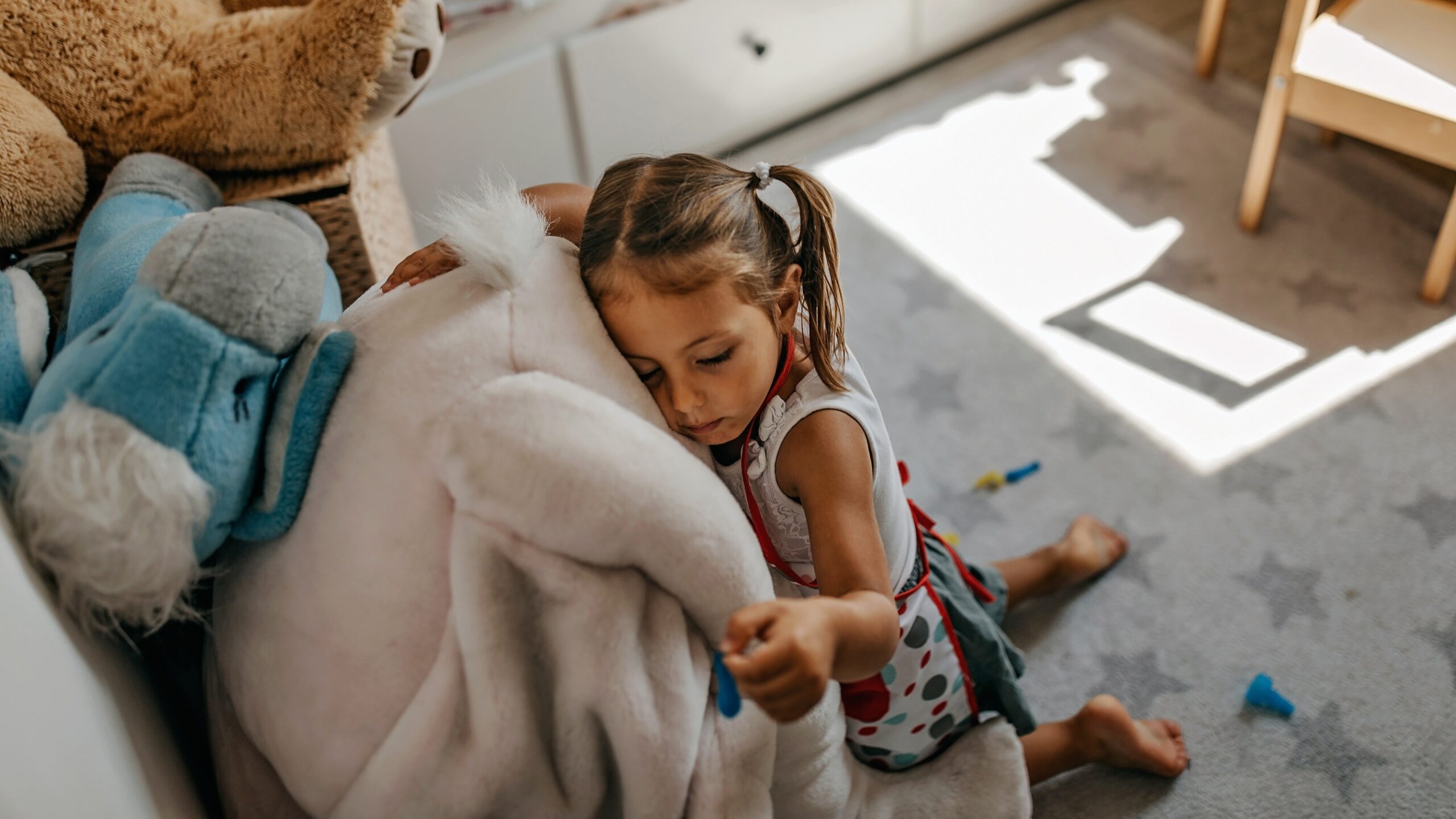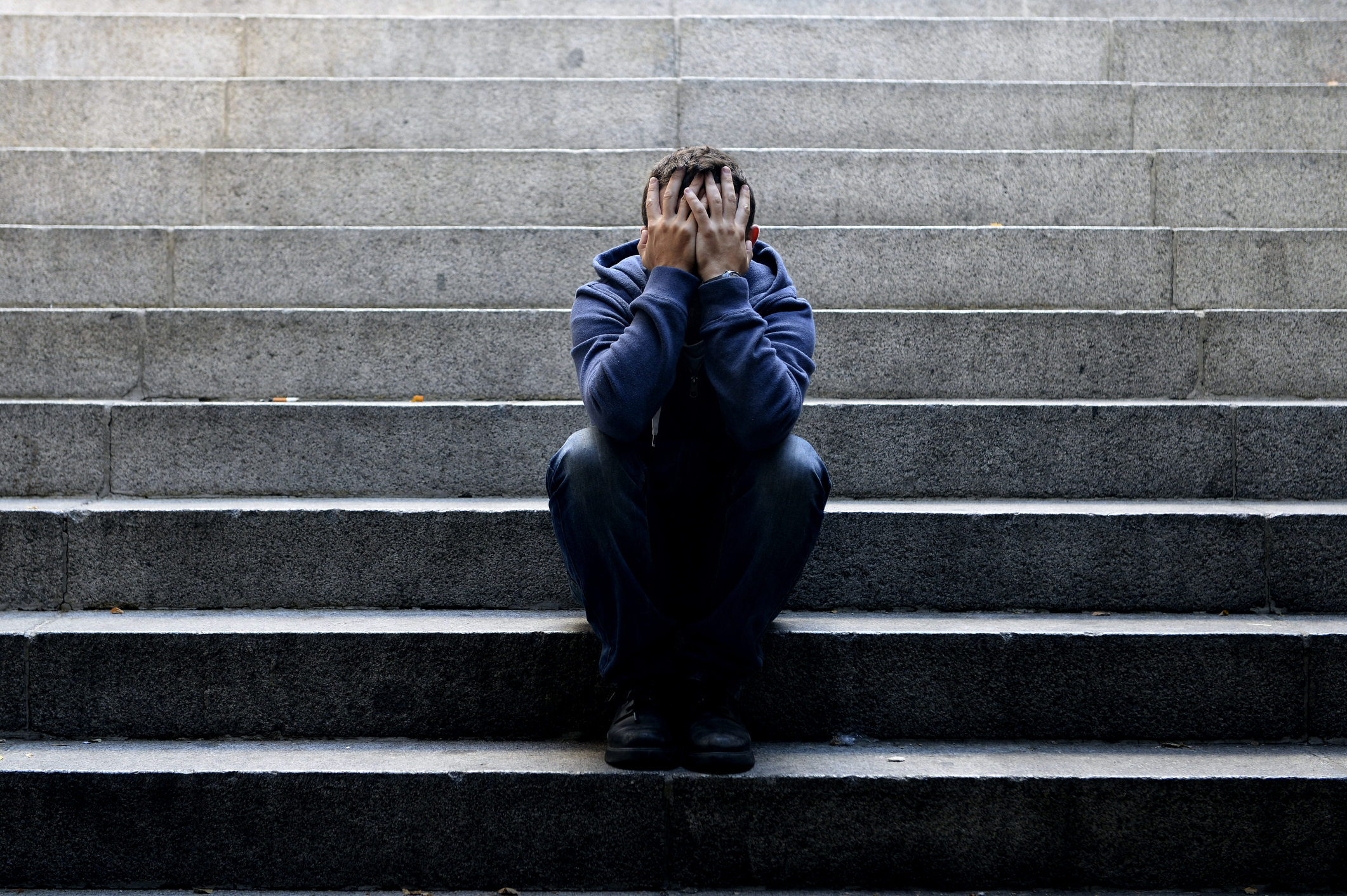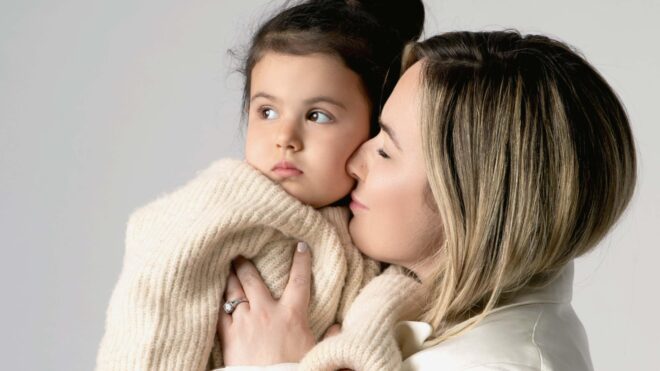
It can be tricky to work out which therapies are best for your neurodivergent child. Cognitive behavioral therapy is one of the frontline therapies given by medical professionals, as well as psychoanalysis. Psychodynamic therapy, humanist therapy, color therapy — the list is endless. There are also self-care related therapies, such as aromatherapy and at-home witchcraft, that focus on feeling calm, relaxed, and self-loved.
Deep pressure therapy is another option, particularly useful for autistic people and generalized anxiety disorder, and it can be done at home. Children specifically benefit from DPT, according to research, for many reasons. So, what is it, and what are the benefits?
How does deep pressure therapy work?

DPT is pretty much self-explanatory: the action of putting pressure on your body to relieve symptoms of stress and reset the fight-or-flight response. When DPT is applied, your body switches from the sympathetic nervous system to the parasympathetic nervous system. The former is the body's warning system, essentially, and it's triggered in times of danger.
Unfortunately, our bodies can’t always tell the difference between a caveman bear attack and a stressful day in the office, so for people with autism spectrum disorder or anxiety, the fight-or-flight response can be triggered very easily, over what we may consider "nothing." So using DPT during these times can help people reset back to the parasympathetic nervous system and release endorphins to calm down. There are tons of different methods you can use, such as “hand hugs,” which involve applying pressure from the palm of your hands onto different flat parts of you or your child’s body. Joint compressions are another popular method, in which you apply pressure specifically to the joints of the body. Weighted blankets, vests, toys, and neck wraps also come under DPT, as well as service pets who are trained to use their body weight as comfort and protection.
DPT helps you get better sleep.

On top of a decrease of overall anxiety, sleep is very positively impacted by DPT. Your child can even experience DPT while sleeping, thanks to weighted blankets, but when done regularly during the day, that decrease of anxiety can lead to fewer sleep disturbances. DPT helps your brain produce serotonin, which is the happy hormone, and melatonin, which is the hormone that makes you tired. It also helps reduce the stress hormone cortisol, resulting in less rumination and worrying before bed. Essentially, doing DPT can help reset your child’s body clock, particularly if you do it close to your child’s bedtime. The key is keeping on top of the deep pressure sessions, doing it whenever your child feels anxious, but also on a daily basis to keep that regularity going.
DPT encourages focus and behavioral improvements.

Many mental health issues lead to both a lack of focus in school, as well as behavioral issues. Kids don’t act up in class because they feel like it; it’s usually always down to self-esteem issues, trauma, frustration with lack of concentration and understanding, or bullying from other kids. DPT has been known to help children gain their focus back, mostly from the decrease in cortisol that can hinder a child’s learning as well as make them irritated during class.
A less-stressed child is a child who will behave more cordially and is more likely to concentrate better during lessons. This in turn will help tremendously with their grades, as a challenged yet comfortable student is a happy and successful one. This is particularly useful for children with ADHD, as the disorder makes it difficult for the body to respond to dopamine. And since DPT helps increase dopamine, it only makes sense that DPT has a positive impact on helping an ADHD child navigate the classroom with more ease.
DPT leads to decreased chance of headaches, migraines, and seizures.

Not only does DPT help with mental health and wellness, it can help decrease physical symptoms such as migraines and seizures. Seizures aren’t only a symptom of chronic illnesses like epilepsy; they actually have a link to mental and developmental conditions such as autism and bipolar disorder, as well as brain damage. There’s pretty much no condition or disorder out there that doesn’t lead to headaches, so having a tactic for dealing with them is vital. There are tons of pressure points on the head that can help alleviate pain, and without even knowing it, most of us probably already apply pressure to our temples to feel better. Using the tips of your fingers or knuckles, try out different areas on your child’s skull, whether the pain is in that area or not. Between the eyebrows, behind the ears, and the nape of the neck are areas that help spread pressure all over the skull. Surprisingly enough, there are pressure points on our feet that can also help soothe a migraine.







